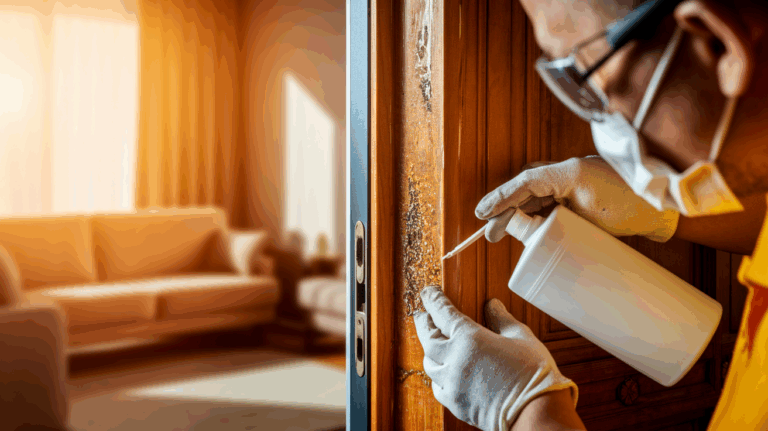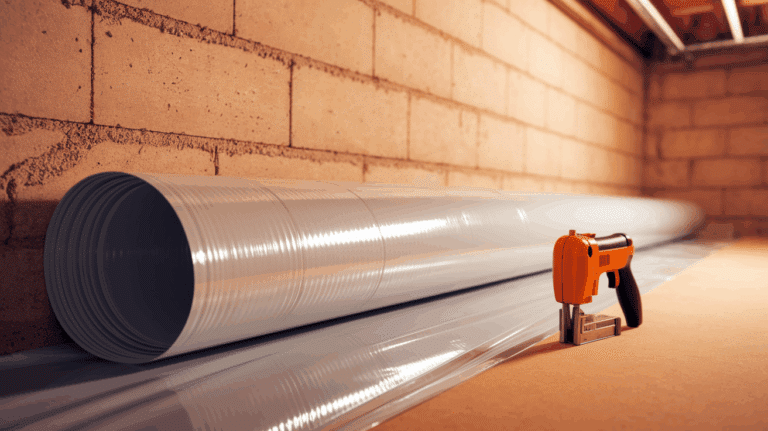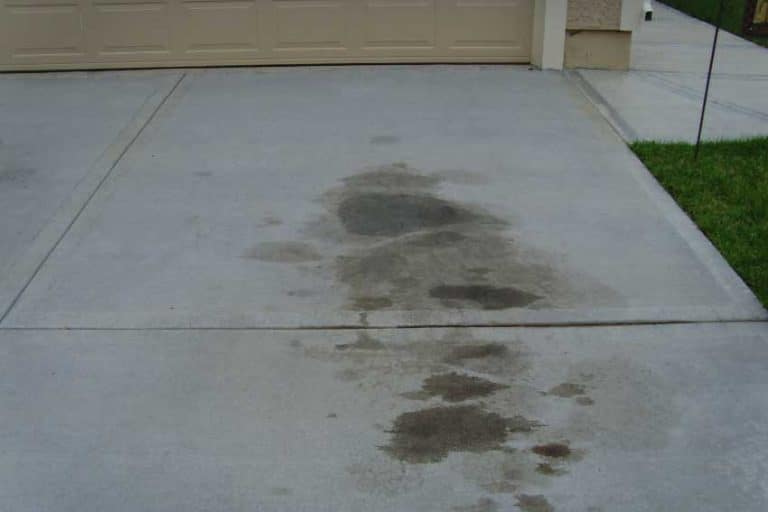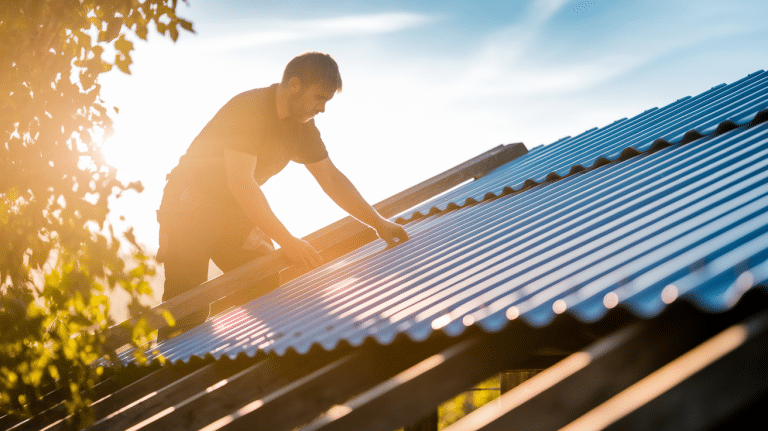King Stud: Essential Role in Wall Framing and Support
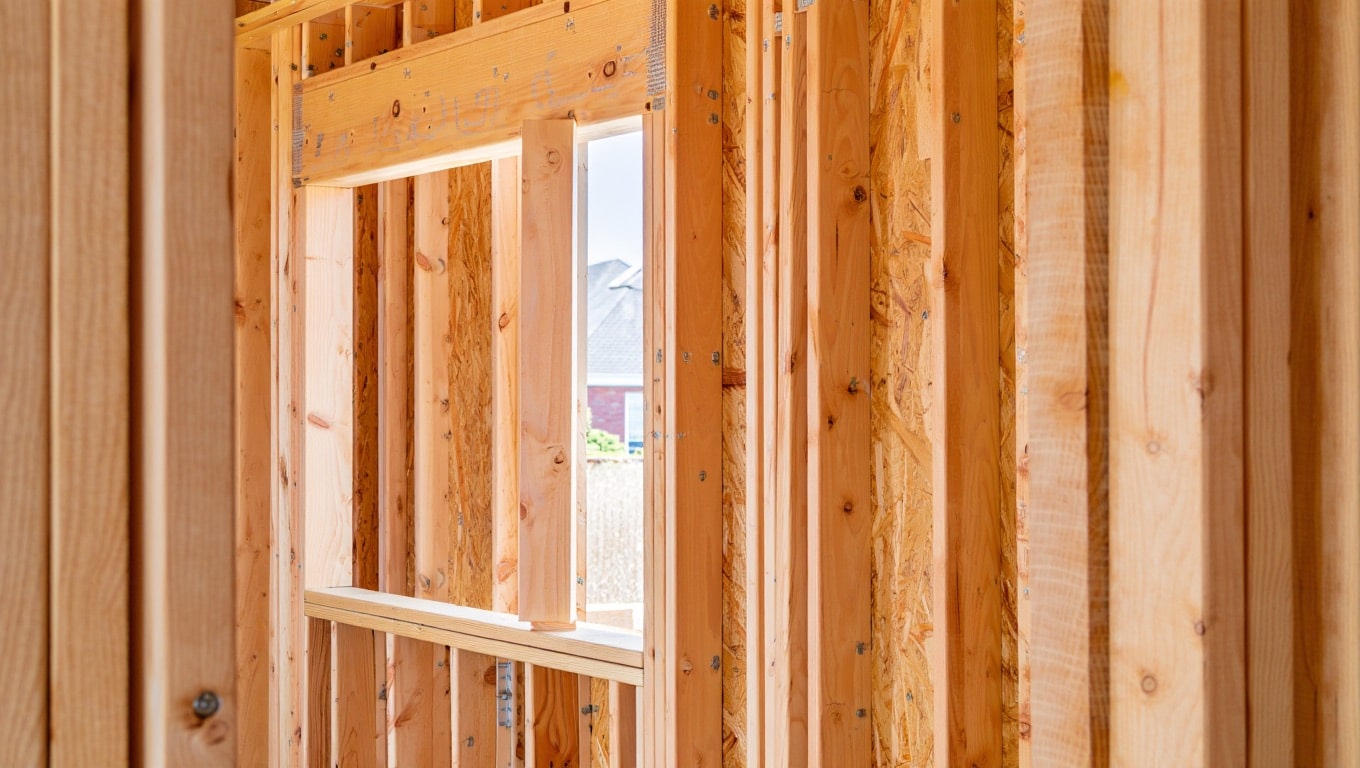
If you have ever looked at how walls are built, you might wonder what keeps doors and windows from making them weak.
That is where a king stud comes in, working with other studs to keep everything strong and safe.
Knowing what a king stud is and how it works can help you understand the basics of framing and why openings stay stable.
We will be telling you about what a king stud is, how it works with a jack stud, and why both are important in construction.
What is a King Stud?
King studs are vertical framing members used in construction that provide primary support for the headers above openings, such as doors and windows.
They are an essential part of wall framing because they help carry the load from the structure above and transfer it down to the foundation.
These studs are typically placed on either side of an opening, running from the bottom plate (or sole plate) to the top plate of a wall.
A king stud is full height and remains in place even after an opening is cut, ensuring the wall’s strength is not weakened.
Without king studs, large openings could cause the wall to sag or shift over time, leading to structural damage.
Where is a King Stud Located?
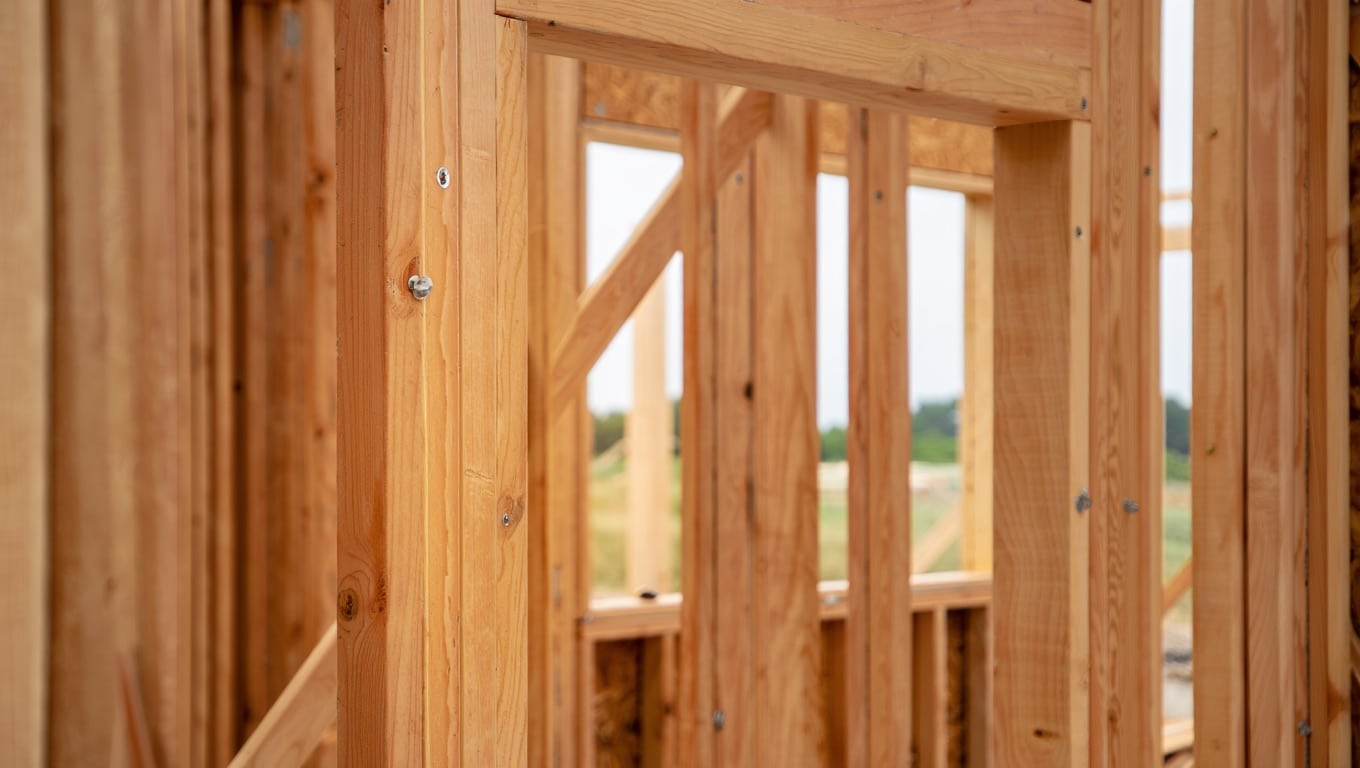
Here are some of the most common places a king stud can be found:
- Walls: King studs are commonly found in walls with framed openings, particularly where windows, doors, or other large voids are created.
- Windows: When constructing a window opening in a wall, king studs are placed on either side of the window frame.
- Doors: Similar to windows, when a doorway is framed, king studs are placed on each side of the door to bear the weight of the load above the doorframe.
- Garage Doors or Larger Openings: In structures that require large openings for things like garage doors, king studs help support the weight of the wall, ensuring the opening doesn’t compromise the structural integrity of the building.
Functions of a King Stud
King studs are key to keeping walls strong and stable, especially when there are openings for doors and windows.
Here are the main functions they serve:
- Supports the Header: Holds up the horizontal beam above openings, carrying the weight from the ceiling, roof, or upper floors.
- Transfers Weight Safely: Moves the load from the header down the wall so it reaches the foundation without causing stress or damage.
- Distributes the Load Evenly: Spreads weight across the wall to prevent weak spots and keep the structure balanced.
- Adds Strength and Rigidity: Runs from floor to top plate, giving the wall frame extra stability against pressure.
- Provides a Solid Surface: Offers a sturdy base for attaching drywall, insulation, or siding to complete the wall’s structure.
With all these roles combined, the king stud is essential for both the strength and the final finish of any framed wall.
What Are Jack Studs?
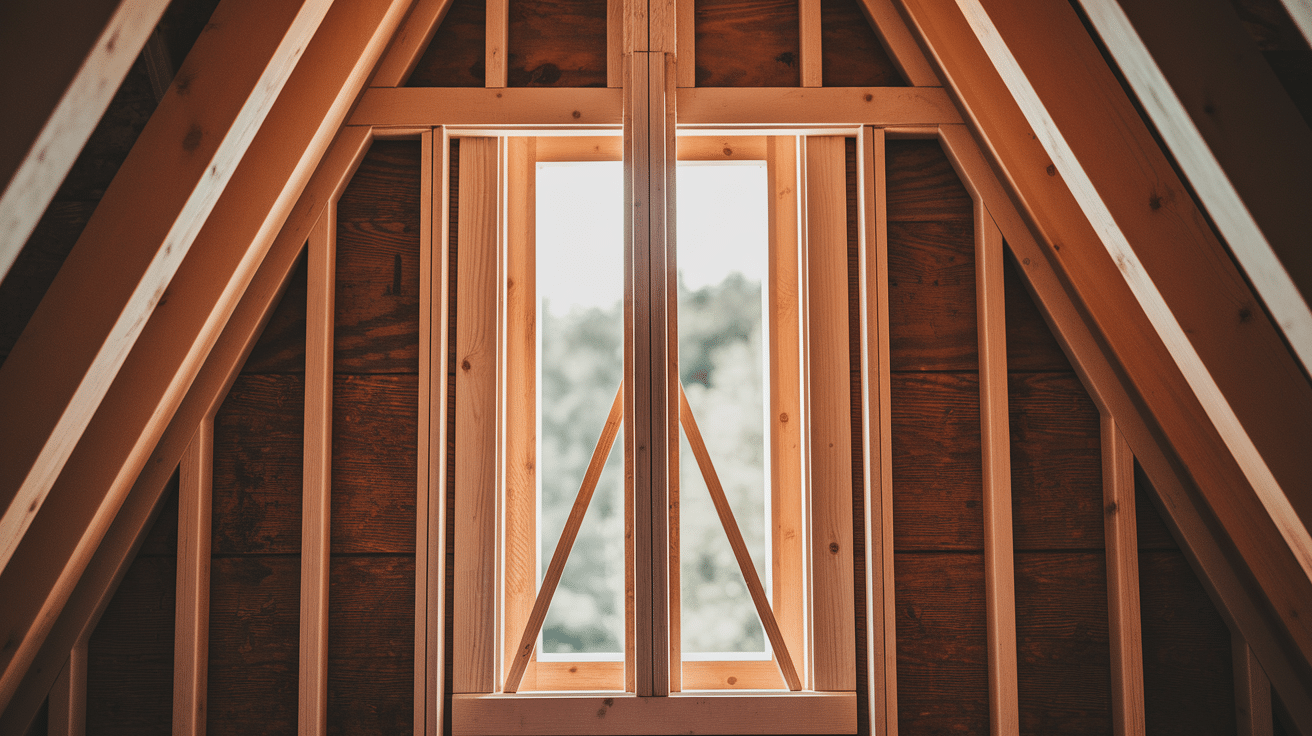
Jack studs, also known as trimmer studs, are vertical framing members that are used in conjunction with king studs to support the header above wall openings, such as doors and windows.
They are shorter than king studs and are placed on the inside of the king studs, directly beneath the header.
The primary role of jack studs is to carry the load from the header and transfer it to the bottom plate of the wall, allowing the king studs to support the structural weight above the opening.
How Do Jack Studs Work Alongside King Studs?
Jack studs work alongside king studs to create a balanced and secure system for supporting wall openings. Here’s how they function together:
1. Supporting the Header
Jack studs sit right under the header and carry its weight down to the bottom plate of the wall.
The king studs stand tall on each side of the opening and hold the ends of the header firmly.
This teamwork ensures the heavy load above the opening remains supported and does not cause damage.
2. Sharing the Load
King studs take on most of the vertical weight from the roof, ceiling, or upper floors.
Jack studs help by holding the header from underneath so it does not sag.
Together, they split the work, making sure the opening stays steady, the weight moves safely to the ground, and the wall remains strong for many years.
3. Height Difference
King studs go from the very bottom plate to the very top plate of the wall, giving full height strength. Jack studs are shorter and stop at the bottom of the header.
This makes them perfect for holding the header directly, while the king studs manage the bigger job of keeping the whole wall frame stable.
4. Working as a Team
When king studs and jack studs are used together, the wall becomes much stronger around windows, doors, and other openings.
King studs give tall side support, while jack studs hold the header in place and stop it from moving.
This combination keeps the wall safe, sturdy, and able to handle heavy loads without bending or shifting.
When to Use King Studs and Jack Studs?
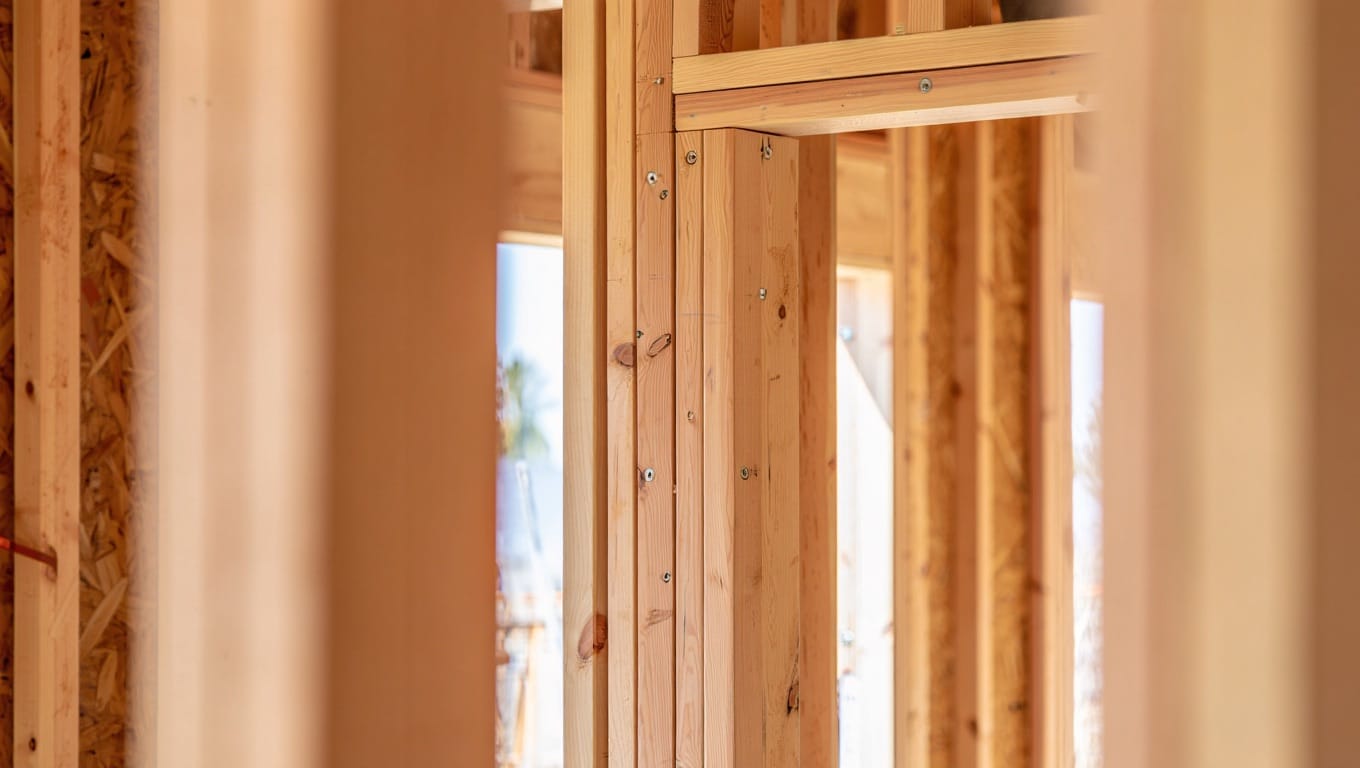
King studs and Jack studs have distinct roles based on wall type and load requirements. Here’s when to use each:
- Framing Windows and Doors: King studs on either side carry weight from above to the foundation; jack studs beneath the header transfer its weight to the bottom plate for balance.
- Large Openings: King studs support heavy headers and spread the load; jack studs prevent header bending or sagging by supporting it from underneath.
- Load-Bearing Walls: King studs carry most vertical weight to the foundation, while jack studs help distribute load and stabilize the opening.
- Non-Load-Bearing Walls: King studs maintain frame stability around openings; jack studs keep headers level and add extra support.
Using king and jack studs correctly ensures that wall openings remain strong, stable, and durable over time.
The Bottom Line
Understanding the concept of a king stud and its interaction with a jack stud can help you create stronger, safer walls for any building project.
These framing parts prevent openings like doors and windows from weakening the wall, ensuring that the weight is carried safely to the ground.
Using them the right way in both load-bearing and non-load-bearing walls means your structure can handle daily use and strong forces without bending or breaking.
With the right planning, you can frame openings that last for many years without losing their strength.
Have you ever used king studs and jack studs in a project? Tell us your experience and share your tips in the comments below.



